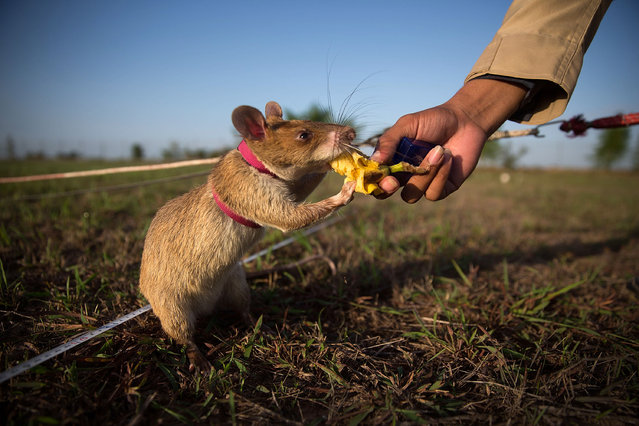
The National September 11 Memorial & Museum (branded as 9/11 Memorial and 9/11 Memorial Museum) is the principal memorial and museum commemorating the September 11 attacks of 2001, which killed nearly 3,000 people, and the World Trade Center bombing of 1993, which killed six. The memorial is located at the World Trade Center site, on the former location of the Twin Towers, which were destroyed during the attacks. The World Trade Center Memorial Foundation was renamed the National September 11 Memorial & Museum at the World Trade Center in 2007.
16 May 2014 15:58:00,post received
0 comments







